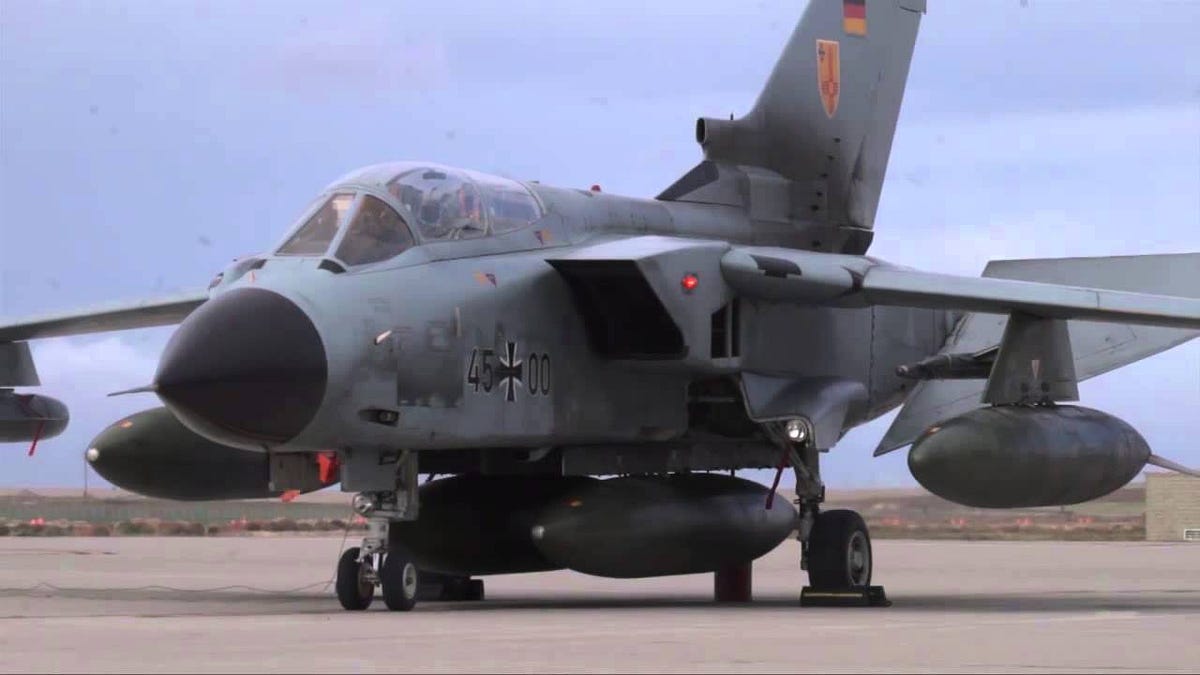
In 1945, three He 219s—along with other captured German aircraft—were shipped from Europe to the United States aboard the HMS Reaper and then flown to Freeman Army Airfield in Indiana for testing.As of July 2007 there were 600 German military personnel and 21 Tornado aircraft assigned to Holloman AFB, NM. NOTE: Material presented throughout this website is for historical and entertainment value. Our Military and General Aviation section currently boasts over 2,300 individual entries covering fixed-wing aircraft, drones, helicopters, and related prototypes from the early days of flight to those that may be encountered over the future battlefield.
Sergey Bogdan was the first pilot to test the Su-57 in 2010.Germany will pick either the Eurofighter or Boeing's F/A-18 fighter jet to replace its Tornado warplanes, knocking Lockheed Martin's F-35 stealth fighter out of a tender worth billions of euros. It’s the first fighter to tick every box in the list of fifth-generation fighter features. Developed by Sukhoi Company, the Su-57 is going to become the most technologically advanced Russian fighter jet. Chengdu J-20 (Alert5, Wikimedia) 2.
A heavy bomber could be dispatched with just three rounds.While early versions of the aerial intercept radar installed on the He 219 could be blinded by chaff, later versions were immune. Once the aircraft intercepted a foe—by homing in on radar emissions resulting from security lapses, for instance—it fired one of its 30mm cannon, installed at such an oblique angle that the 219 could fire from behind and below a bomber, attacking its vulnerable underside. Luftwaffe is also the generic term in German speaking countries for any national military aviation service, and the names of air forces in other countries.The radar made the He 219 a successful night predator. It was one of the most advanced fighters of the era. The Bf 109 first saw operational service in 1937 during the Spanish Civil War and was still in service at the dawn of the jet age at the end of World War II in 1945. It was reasonably intact but lacked one important item: its nose-mounted intercept radar.The Messerschmitt Bf 109 is a German World War II fighter aircraft that was the backbone of the Luftwaffe’s fighter force.

Last year, the new owners of the 219 wreckage agreed to loan the radar array to the Museum’s restoration shop. Somewhere at the end of that cable had to be a piece of radar mast.”The wreckage, originally examined by the Aalborg Defence and Garrison Museum, was subsequently purchased by a museum whose owner wishes not to reveal its identity. “Then we heard about the Danish wreck.”“When I saw the photographs of the wreckage,” says Mawhinney, “I was seeing blue wire everywhere. “I was starting to give up,” he says. But none of that information has surfaced.”The shop contacted various archives hoping to find more information Mawhinney even went to Germany hoping to find something about the masts in Ernst Heinkel’s papers but came up blank.
What they sent us didn’t have the piece that attaches the mast to the airframe. “We didn’t have the mast attach points. “After getting nowhere trying mechanical methods of removing the coral,” says chief conservator Malcolm Collum, “I ended up using a mild acid solution and ran an electric fish tank pump to keep a constant flow of the solution over the coral.” Several weeks later, enough detail was exposed that the team could reverse-engineer a replica antenna.“Then we reached another stopping point,” says Wilson. The shop X-rayed the masts but needed more information than the X-rays could provide.They obtained permission from the loaning museum to remove the coral in order to see how the mast was constructed and wired.



 0 kommentar(er)
0 kommentar(er)
